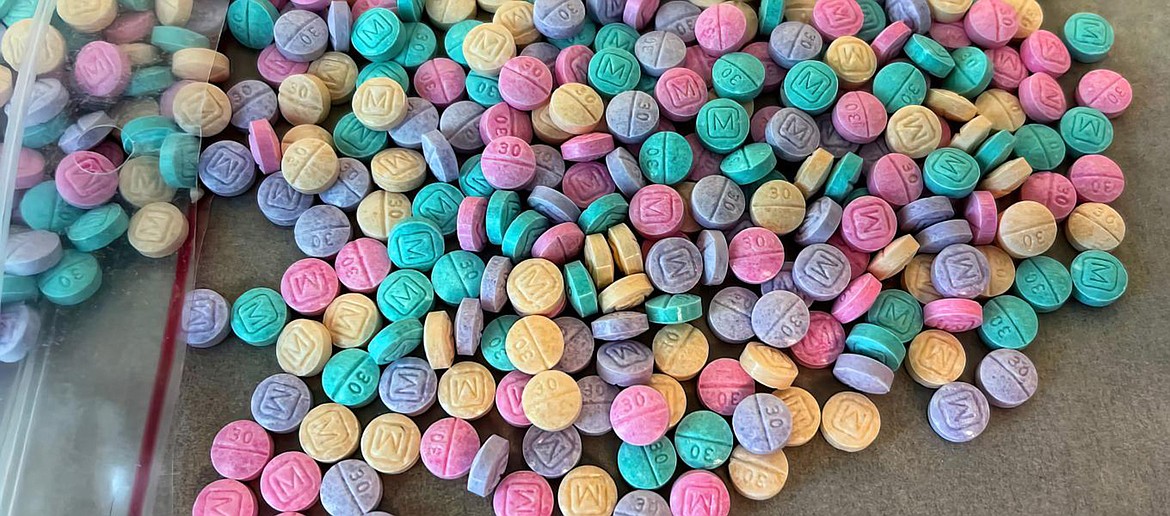'Rainbow fentanyl'
PHILADELPHIA — As Halloween approaches, the federal government has been warning parents of a spooky new danger: Drug cartels are using rainbow-colored pills and powders that look like candy to introduce children to highly addictive synthetic opioids. One taste could kill.
Become a Subscriber!
You have read all of your free articles this month. Select a plan below to start your subscription today.
Already a subscriber? Login



